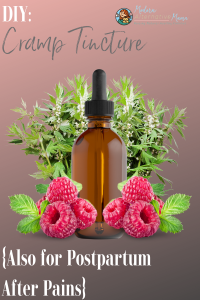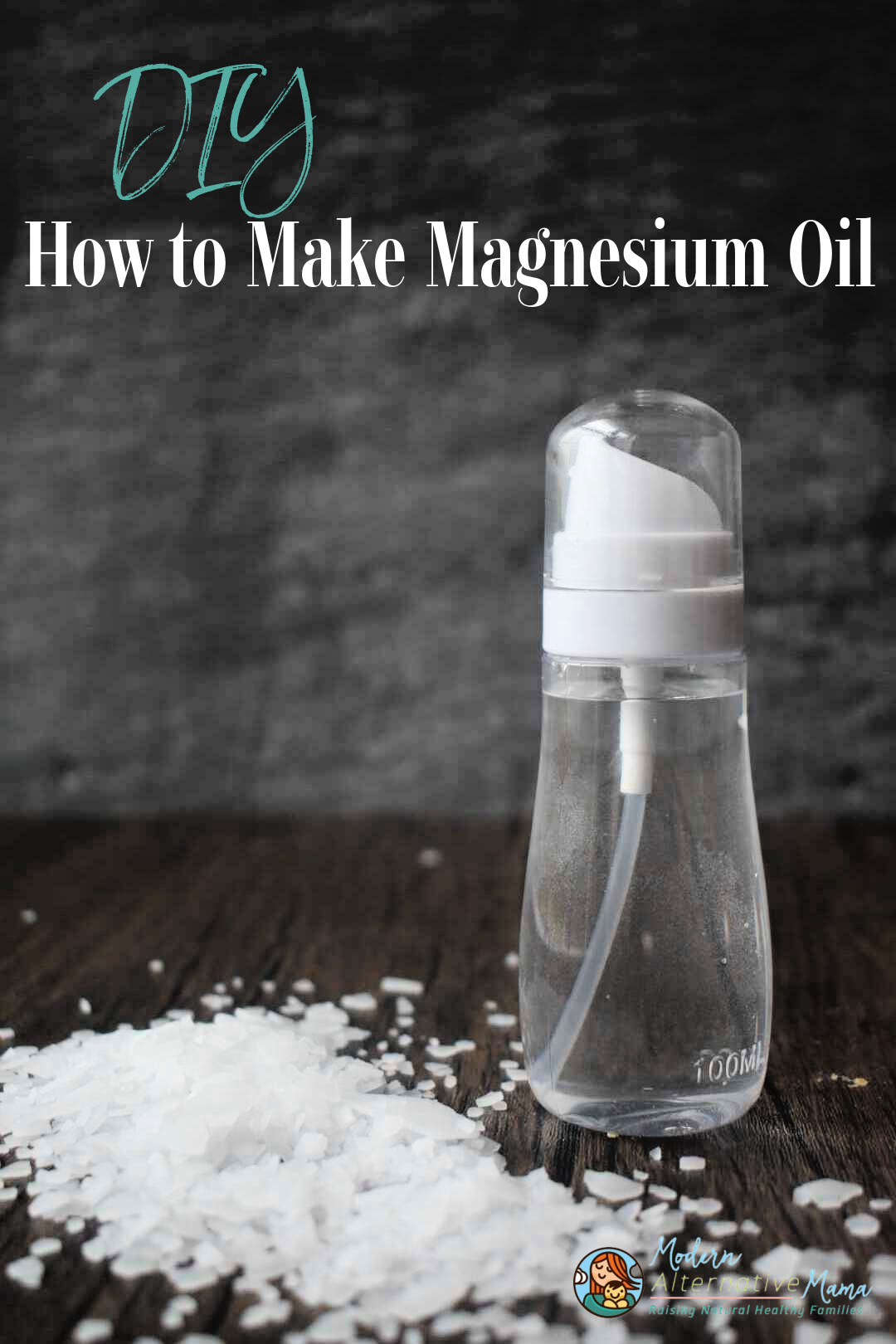Written by Kate Tietje
I finally got around to starting this afterpains and cramp tincture last weekend — which is honestly sooner than I managed last time. It should be ready right before I hit 40 weeks, so I’ll strain it, bottle it, and add it to my postpartum bag. Last time, my husband had to figure out how to strain it and how much to bring me, and it was a bit of a mess. This is much better!
Even so, I’d recommend starting this sooner than I did. There’s no guarantee you’ll carry to 40 weeks (though you could carry longer!). I’d suggest starting it no later than 31 weeks (it would be ready at 37) and preferably at 28 weeks (ready by 34). Then you don’t have to worry about it being done and ready when needed.
But let’s take a step back. What is this, and why do you need it?
After each baby, the afterpains get stronger. These are the contractions that help to shrink your uterus back to its normal size. They last up to a week after birth and occur especially when you are breastfeeding (the oxytocin released during breastfeeding causes the contractions). They’re a good thing because they mean your body is healing. But they can be quite uncomfortable.
Plus, most moms lose a fair amount of blood during birth — even if it’s normal. It’s part of the process. And your hormones are trying to regulate, your milk is coming in, and you might be exhausted from labor….
You need something to help combat all of this! It will not be uninterrupted hours of sleep (which would be nice!) with a brand-new baby to feed. So, the herbal tincture comes in.
About the Ingredients
You’ll find as many recipes or versions of this as you will women. Many use cramp bark, motherwort, black haw, yarrow, comfrey leaves, and other herbs. Everyone’s needs are a little different. I chose the herbs that made the most sense to me and seemed the most beneficial over time.
- Red raspberry leaf — helps tone the uterus, balance hormones, and increase the milk supply.
- Nettles — rich in vitamins and minerals, all-around nourishing herb, good for milk supply
- Cramp bark — helps to reduce uterine contractions/cramping/pain
- Motherwort — nourishing, reduces anxiety, balances hormones, known as “mother’s herb” (cannot be used in pregnancy because of its effects on the uterus — also good for PMS symptoms)
These are the four I chose. Black haw is very similar to cramp bark. Comfrey is for general healing and high in calcium, but I prefer to use it externally only (and I will use it that way).
If you love this idea but don’t want to make it yourself, you can buy Earthley’s Ease the Ache, which is the version of this I sell at my all-natural storefront. We also have an alcohol-free version!
I’ve been using the first two throughout pregnancy, especially in the third trimester, with my third-trimester tincture. I’m adding that to my morning cranberry juice mix (which consists of unsweetened cranberry juice, gelatin, and a little raw honey — more on that later this week). I take my liver pills with it, too.
This tincture is alcohol-based. I’m more likely to use glycerin if I make tinctures primarily for vitamins and minerals. Also, if I make them for children, in this case, I’m making it just for me, and I’m after medicinal properties. I don’t drink alcohol, typically, but I actually get very little alcohol per day — maybe a couple of teaspoons. I’m okay with that. If you prefer, you could use glycerin or apple cider vinegar instead.
I have also used this cramp tincture for general menstrual cramps. It works SO well! This is definitely not just for postpartum — it’s beneficial to any woman.
Cramp Tincture
- 2 tbsp. cramp bark
- 3 tbsp. motherwort
- 4 tbsp. nettles
- 6 tbsp. red raspberry leaf
- 2 cups 100-proof vodka
Directions:
Step 1: Add all the herbs to a glass jar.
Step 2: Pour vodka over it to cover.
Step 3: Add a lid and shake until combined.
Step 4: Let this mixture sit in a cool, dark place for 6 weeks. Strain through cloth and store in dark brown glass bottles.
It’s easy! It takes only 5 minutes to put together, 6 weeks to ignore, and another 5 minutes to strain and bottle.
Usage: 1 dropper full of cramp tincture as needed to control after pains or cramps. I use it about every 3 to 4 hours for the first day or so for afterpains, and I use it usually once during my period for cramps — but I rarely need it anymore.








[…] and they lasted barely more than 24 hours. That was really nice! I barely even had to use my afterpains tincture (which, again, uses similar […]
[…] Other herbs that may be helpful include yarrow, red raspberry leaf, comfrey, and catnip. Herblore carries a recommended after birth tincture, or you can make your own with this recipe. […]
What is the dosage on this tincture? I made it, but am not sure how much to take? Thank you.
[…] After Pains Formula: Afterpain cramps aren’t usually an issue with your first baby, but they literally become a major pain for subsequent babies. An after pain formula can safely ease the pain somewhat. Some midwives and nurses recommend an over-the-counter pain reliever as an option at this point, which may be an option you want to consider. Try this cramp tincture. […]
I made the tincture a bit late (if I go to my due date it will be fine but it’s baby #2 and I feel like it might be early?) And wondering if the tincture will still work if I strain it before 6 weeks?
Could I add honey to this recipe? How would I do so? Amount and at the time of adding the other ingredients or 6 weeks later after straining? Thank you so much!! Very excited to make this